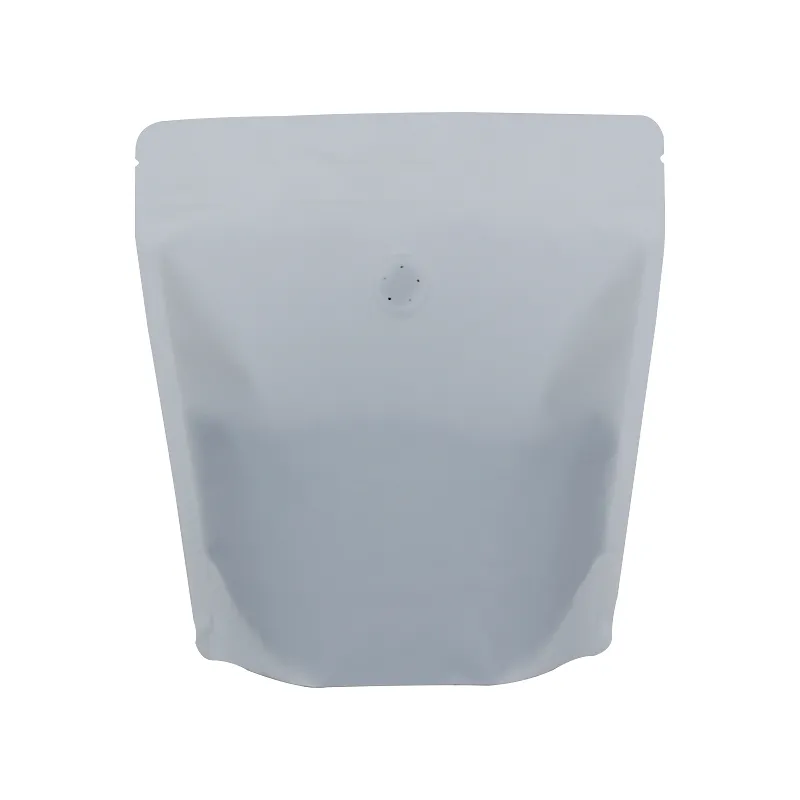- Afrikaans
- Albanian
- Amharic
- Arabic
- Armenian
- Azerbaijani
- Basque
- Belarusian
- Bengali
- Bosnian
- Bulgarian
- Catalan
- Cebuano
- chinese_simplified
- chinese_traditional
- Corsican
- Croatian
- Czech
- Danish
- Dutch
- English
- Esperanto
- Estonian
- Finnish
- French
- Frisian
- Galician
- Georgian
- German
- Greek
- Gujarati
- haitian_creole
- hausa
- hawaiian
- Hebrew
- Hindi
- Miao
- Hungarian
- Icelandic
- igbo
- Indonesian
- irish
- Italian
- Japanese
- Javanese
- Kannada
- kazakh
- Khmer
- Rwandese
- Korean
- Kurdish
- Kyrgyz
- Lao
- Latin
- Latvian
- Lithuanian
- Luxembourgish
- Macedonian
- Malgashi
- Malay
- Malayalam
- Maltese
- Maori
- Marathi
- Mongolian
- Myanmar
- Nepali
- Norwegian
- Norwegian
- Occitan
- Pashto
- Persian
- Polish
- Portuguese
- Punjabi
- Romanian
- Russian
- Samoan
- scottish-gaelic
- Serbian
- Sesotho
- Shona
- Sindhi
- Sinhala
- Slovak
- Slovenian
- Somali
- Spanish
- Sundanese
- Swahili
- Swedish
- Tagalog
- Tajik
- Tamil
- Tatar
- Telugu
- Thai
- Turkish
- Turkmen
- Ukrainian
- Urdu
- Uighur
- Uzbek
- Vietnamese
- Welsh
- Bantu
- Yiddish
- Yoruba
- Zulu
Different Categories of Desiccants and Their Applications in Moisture Control
Types of Desiccants and Their Applications
Desiccants play a crucial role in protecting materials from moisture, making them essential in various industries including pharmaceuticals, food packaging, electronics, and more. Their ability to absorb humidity helps preserve the integrity of products, prevent corrosion, and extend shelf life. This article explores the different types of desiccants, their properties, and typical applications.
1. Silica Gel
Silica gel is perhaps the most well-known desiccant. It is composed of silicon dioxide (SiO2) and is available in various forms, including beads, packets, and bulk. Silica gel effectively absorbs moisture while remaining chemically inert, which makes it suitable for diverse applications. Commonly found in small packets in food products and electronics, silica gel can absorb approximately 40% of its weight in moisture. It is often reused by heating it, as it can release absorbed water when heated to around 120°C (248°F).
2. Clay Desiccants
Clay desiccants, often composed of naturally occurring materials such as montmorillonite, are environmentally friendly and effective at desiccating. They can absorb moisture through capillary action and are generally less expensive than silica gel. Clay desiccants are commonly used in shipping containers, warehouses, and storage bags. They are advantageous because they do not release dust and can maintain their effectiveness over a broad temperature range.
3
. Molecular Sievestypes of desiccants

Molecular sieves are sophisticated desiccants that consist of synthetic zeolites. They are characterized by their uniform pore sizes, which allow them to selectively adsorb certain molecules while rejecting others. This feature makes molecular sieves highly effective in removing water from gases and liquids. Typical applications include the drying of air and natural gas, as well as in chemical processes where specific moisture control is crucial. Molecular sieves can be regenerated through heating, thereby restoring their moisture absorption capacity.
4. Calcium Chloride
Calcium chloride (CaCl2) is a hygroscopic compound that actively draws moisture from the air. It is particularly effective in high-humidity environments and is commonly used in dehumidifiers and as a desiccant in bulk packaging. Calcium chloride can absorb several times its own weight in water, turning into a brine solution in the process. This characteristic makes it an effective solution for industries such as construction and transportation, where moisture control is vital.
5. Activated Alumina
Activated alumina is a form of aluminum oxide that has been processed to make it highly porous, which increases its surface area and capacity to adsorb water vapor. It is commonly used in applications that require both moisture removal and the filtration of volatile organic compounds (VOCs). Activated alumina is often found in air and gas drying systems and is regenerable by heating.
Conclusion
The world of desiccants is diverse, with each type offering unique properties that cater to specific industrial needs. From the widespread use of silica gel in consumer products to the specialized applications of molecular sieves in chemical industries, understanding the various types of desiccants can help businesses choose the right moisture control solutions. By selecting the appropriate desiccant, industries can ensure product longevity, maintain quality, and reduce costs associated with moisture damage. Whether in packaging, storage, or manufacturing, desiccants are invaluable tools in maintaining product integrity and performance.













